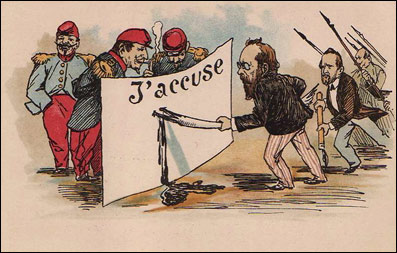The AfD’s recent wave of electoral successes in Germany’s Eastern states relied heavily on one age group that consistently voted for them in high numbers — the youth. With voters 24 years and under on their side, the AfD seems set to become a powerful force in German politics for a long time to come.
After each of the three elections in Thuringia, Saxony and Brandenburg, the Tagesschau released charts describing “who voted for whom”, breaking down voters into set categories based on age, gender, etc. The charts unfortunately do not allow for cross comparison, such as looking at both age and gender at the same time. Despite this, the statistics give useful insight into Germany’s electoral climate.
In Saxony, the CDU barely beat the AfD in the overall vote, receiving 32% to the latter’s 31%. The next closest competitor was the Bundnis Sarah Wagenknecht (BSW), which reached only 13%. When the votes are broken down by age however, 31% of people aged 18-24 in Saxony voted for the AfD, while the CDU came a distant second with only 18%. The CDU’s lost votes among youth mostly went to Die Linke (8% among youth instead of 4% in the general population) and the Greens (8% instead of 5%), although neither party came close to the AfD.
In Thuringia, the situation is even bleaker. While the AfD easily won the most votes in the general population with 33% (their closest competition was the CDU with only 24%), the 18-24 year old age group voted for the far-right party at 38%. Their closest competition in this age group was Die Linke, with a measly 16%. This means that the AfD in Thuringia was over 20 percentage points higher in the youth vote than their nearest competitor.
In the more recent Brandenburg elections, the incumbent SPD led with 31% of the overall vote, while the AfD came a close second with 29%. The two parties’ closest competitors were BSW with 14% and the CDU with 12%. Here, the AfD received 31% of votes from the age group 16-24 (Brandenburg has a lower voting age than the other states). Unlike the other two states however, in Brandenburg the AfD’s support was consistent within 3 percentage points across all age groups, with the exception of 70+ of whom only 17% voted for the AfD. Of this oldest age group, 49% cast their ballot for the SPD.
This hits on another pattern, in all three states the oldest voters were the least supportive of the AfD. In Saxony, only 24% of the 70+ population voted for them, while these senior citizens voted for the CDU at a rate of 45%. In Thuringia, the AfD similarly received only 19% of this age group’s vote, while the CDU received 31% and Die Linke 20%. In fact, the left-wing party’s result among 70+ year old voters in Thuringia was its highest result in any age group in any of the three states.
The AfD’s vote also had a clear breakdown by gender (of which the polls only recognise “male” and “female”). In Saxony the AfD received 35% of the male vote and 26% of the female vote. In Thuringia, it was 38% for men and 27% for women, and Brandenburg saw a similar 35% to 24% split. In each state, men voted around 10% more frequently for the AfD than women.
While the statistics do not show us how men in the youngest age group voted, other clues point to a predominance of young men in Germany’s neo-Nazi scene, where groups like Der Dritte Weg actively recruit new neo-Nazis in schools and gyms. Whether it’s videos of Nazis marching in Magdeburg, from the anti-pride neo-Nazi demonstration in Bautzen, or photos from the anti-Pride demonstrations in Saxony, the view is often the same: crowds of predominantly young white men. It is unclear if the makeup of these crowds is because the young men are the most prominent in Germany’s far right scene, or that they are the most radical. Most likely, it’s some combination of the two.
The AfD has clearly seen an opportunity in recruiting youth, and has turned its energies towards TikTok. Statistics from the beginning of the year show that the AfD is Germany’s most popular political party on the app. More recent information suggests this may have been at least partially responsible for their successes in the state elections as well.
The party often explicitly targets young men, such as the politician Maximilian Krah’s cringeworthy advice for those who don’t have girlfriends: “don’t watch pornos, don’t vote Grüne, go outside in the fresh air […] and don’t be sweet, soft, weak and Left.” It may be dumb, but the video has over 700,000 likes. While Krah is crass and scandal-prone, other figures in the AfD such as Ulrich Siegmund are smoother and have more followers.
While the party’s electoral wins can’t only be reduced to its social media strategy, their efforts towards and success on TikTok seems to show that the AfD is committed to targeting younger voters, and turning out to be skilled at it. The party’s direct and open critique of the current status quo hits a note as the material conditions in Germany become increasingly impoverished and youth face decreased opportunities. At the same time, the mainstream parties simply maintain the status quo. With the youth on their side and the Bundestag elections coming up in a year, the AfD’s recent successes seem to only be the beginning.




